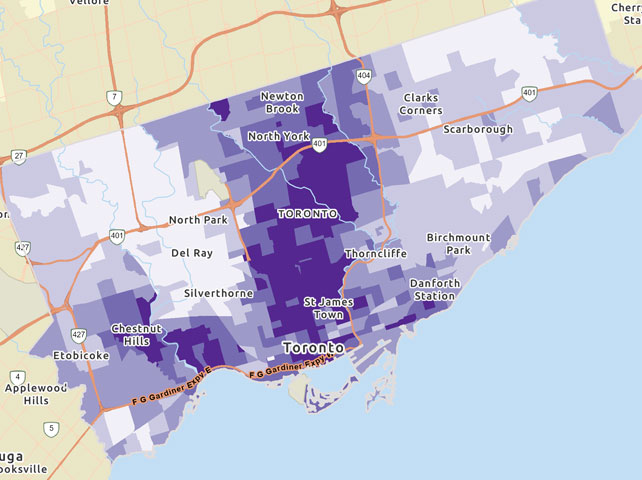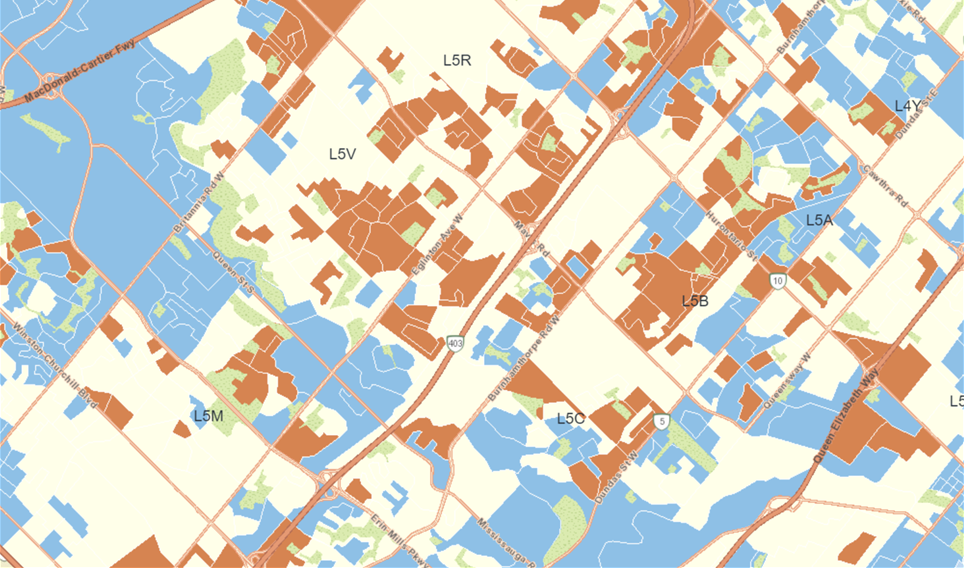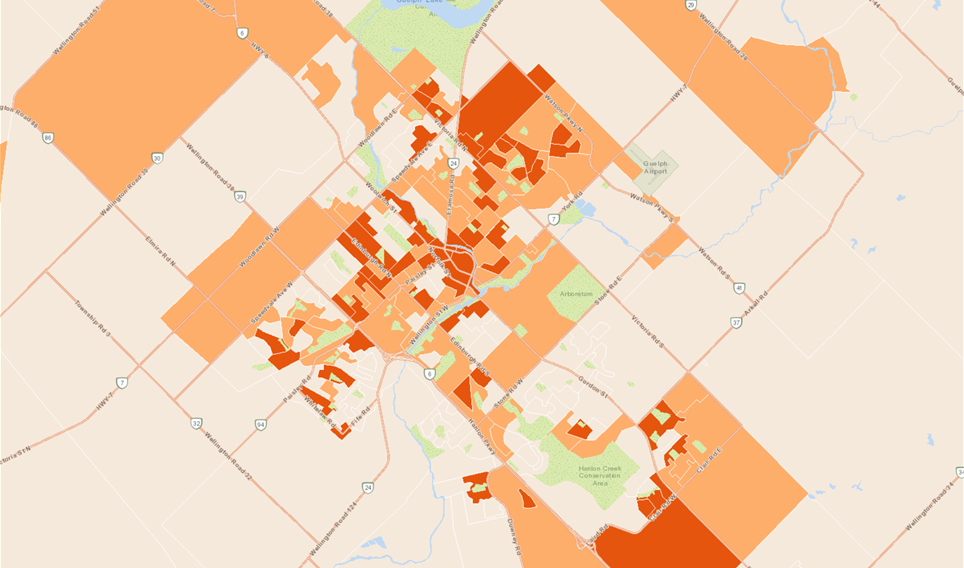
Social Vulnerability Index
Identify populations that may be challenged during and post-pandemic due to limited social interactions
The Social Vulnerability Index (SVI) looks at Canadians who may be challenged during and post-pandemic due to limited social interactions, and its impact on their mental and social well-being. Governments and social service agencies understand that some Canadians will inevitably have difficulty coping. The Social Vulnerability Index in combination with PRIZM helps shed light on who is most likely to need social support and what populations are most at risk at the neighbourhood level. These insights help to design program support and communications with specific target populations in mind.
Every six-digit postal code in Canada has a Social Vulnerability Index which is calculated by weighting variables from the DemoStats, CommunityLife, Community Health and SocialValues databases.
Navigate accelerated change
Align products and services to support your market in a changing health landscape
Identify who is at risk
Effectively monitor and protect the neighbourhoods that are potentially at a
higher risk
Tailor your response
Design initiatives to meet the specific needs of those who are most vulnerable
Want to know more about the Social Vulnerability Index?
We're here to help.
Better Understand the Populations You Serve
The Social Vulnerability Index is calculated by weighting the variables from our DemoStats, CommunityLife, CommunityHealth, and SocialValues databases. Every postal code in Canada has an associated SVI.
SVI variables include:
Answer Common Questions
- Which neighbourhoods should be monitored closely?
- How many households in my jurisdiction will likely need support?
- How can we rank them based on need?
- Where can we allocate our resources for minimum investment and maximum impact?
- Which segments are likely the most susceptible to health-related complications?
- What is the best way to reach out and support them?
Find more information about the Social Vulnerability Index including metadata and release notes on our community website.
Ready to turn data into actionable insights for your organization?
More Data to Choose From
Enhance your data with our privacy-compliant, authoritative databases. Choose from over 60 databases including financial, demographic, segmentation and behavioural data.
Create a comprehensive picture of your customers according to their shared demographic, lifestyle and behavioural traits. Discover where they live and understand their preferences to create more effective marketing strategies.
Factor the behaviours and attitudes of your target market into your media and marketing strategies. Access insights on a range of topics, from media and shopping habits to attitudes on charitable giving and the environment.
Reach your best customers, track neighbourhood growth patterns and forecast trends with demographic data covering age, sex, marital status, education, occupation, income, housing, cultural diversity and more.

 Social Vulnerability Index
Social Vulnerability Index




